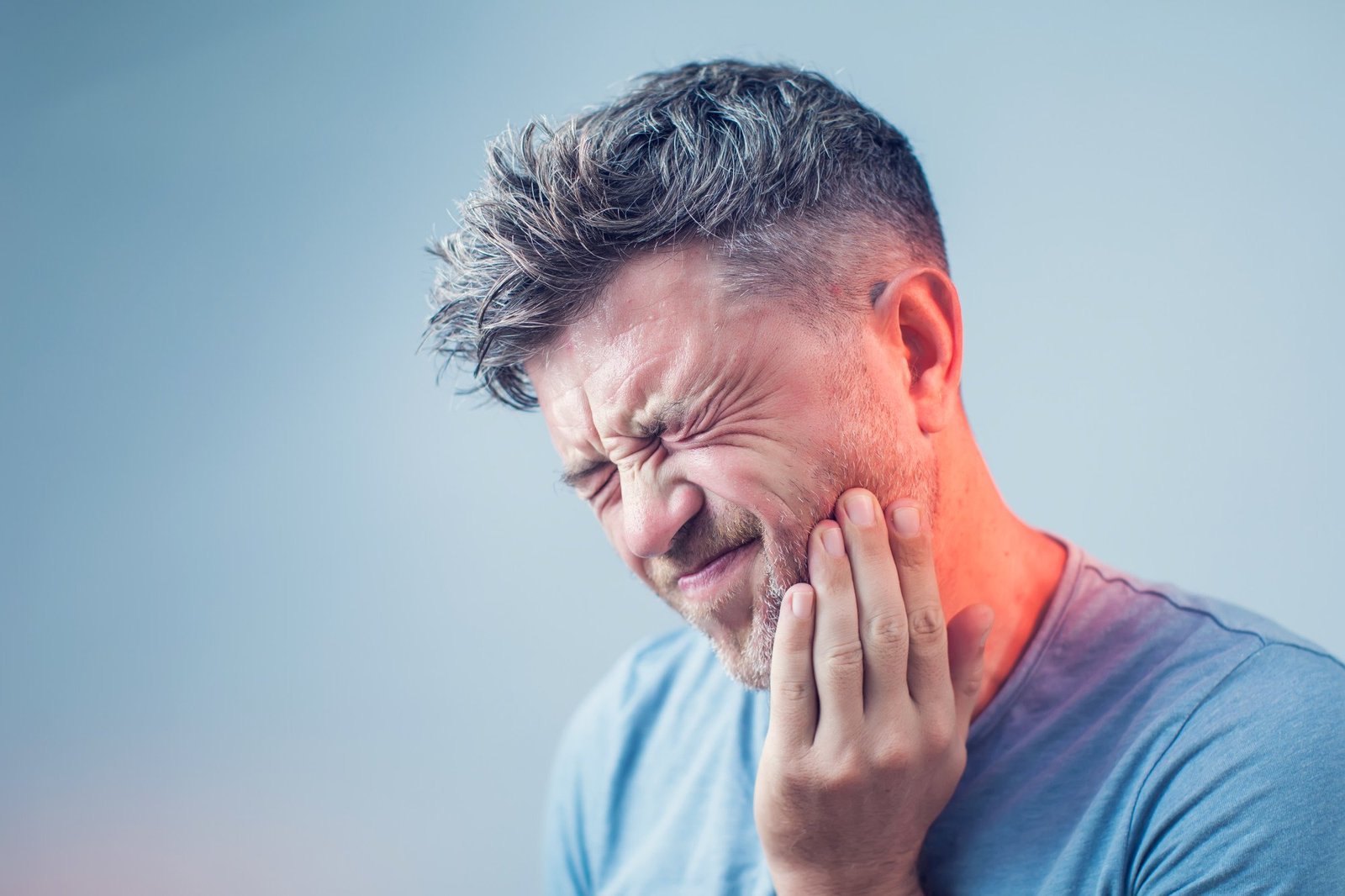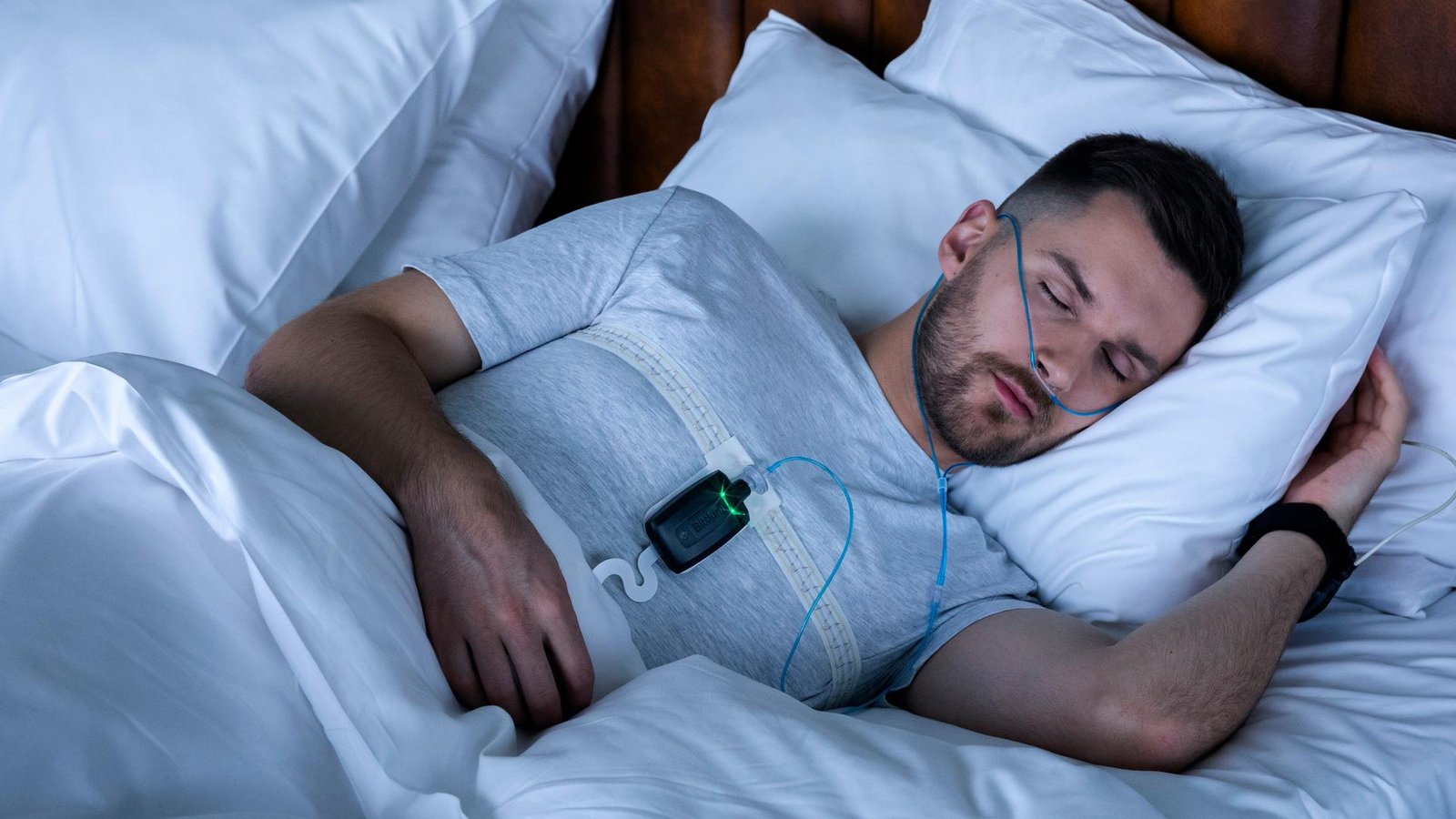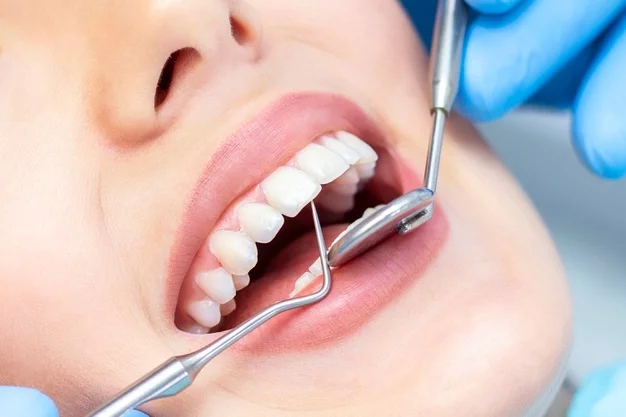Accidents happen quickly, and a knocked-out tooth can feel overwhelming. The first few minutes matter more than most people realize, because the way you act can determine whether the tooth can be saved. This guide walks you through clear, calm steps to protect the tooth, reduce complications, and prepare for urgent care with an Emergency Dentist.
Why minutes matter
A fully dislodged adult tooth is a true dental emergency. Cells on the root surface begin to deteriorate as soon as the tooth leaves the mouth. If you act within 30 to 60 minutes, the chances of successful reimplantation improve significantly. A Dentist will also have a better chance of stabilizing the tooth if it has been handled correctly and kept moist.
For quick context on what typically qualifies as urgent, review this short guide from a dentist in North Vancouver on dental emergencies. It can help you decide your next steps while you prepare to travel for care.
First aid checklist at a glance
- Stay calm, check for other injuries, and control bleeding.
- Pick up the tooth by the crown, not the root.
- If dirty, rinse gently with water or milk; do not scrub.
- Reinsert into the socket if you can, then bite gently on clean gauze.
- If reinsertion is not possible, keep the tooth moist in milk or saline.
- Seek urgent care with an Emergency Dentist as soon as possible.
Step 1: Make the scene safe and assess injuries
If the injury involved a fall or collision, first rule out serious issues such as head trauma, loss of consciousness, or uncontrolled bleeding. If any of these are present, call emergency medical services. If the person is stable, turn attention to the mouth and the tooth.
Have the injured person sit upright. Ask them to breathe through the nose and avoid spitting, since vigorous spitting can worsen bleeding from the socket.
Step 2: Handle the tooth correctly
Locate the tooth and hold it only by the crown, which is the smooth, white chewing surface. Avoid touching the root, because delicate cells there help the tooth reattach. If there is visible dirt, briefly rinse with clean water or cold milk. Do not scrub, use soap, apply chemicals, or dry the tooth with tissue or cloth.
If a visible fragment has broken off rather than the entire tooth being avulsed, collect the fragment and bring it to the dentist. Fragments can sometimes guide repair decisions even if they cannot be bonded back.
Step 3: Reinsert the tooth if possible
Reinserting the tooth into its socket as soon as possible is often the best option. Gently orient the tooth so it faces the correct way, then press it into the socket with light pressure. Have the person bite down softly on clean gauze or a damp cloth to keep it steady. This helps maintain moisture and protects the root surface.
If you cannot reinsert the tooth easily or it causes significant pain, do not force it. Move to moisture-preserving storage.
Step 4: Keep the tooth moist
Never let the tooth dry out. The survival of periodontal ligament cells depends on a moist environment.
- Milk is a practical choice, especially whole or low-fat, because it helps maintain cell viability.
- Sterile saline is also appropriate if available.
- As a last resort for older children and adults, the tooth can be tucked between the cheek and gums. Do not use this method with young children due to choking risk.
- Specialized tooth preservation solutions exist in some first aid kits, so use one if you have it.
Avoid long soaks in plain tap water. Water can damage root cells and lower the odds of success.
Step 5: Control bleeding and reduce swelling
Fold clean gauze or use a damp tea bag and apply gentle pressure to the empty socket for 10 to 15 minutes. Keep the head elevated. Apply a cold compress to the cheek in 10 minute intervals to help limit swelling. Over-the-counter pain relief such as acetaminophen or ibuprofen can be used as directed, unless a medical professional has advised otherwise. Avoid aspirin in the immediate aftermath because it can worsen bleeding.
Do not smoke, drink alcohol, or rinse vigorously. Avoid hot beverages and very hot foods until a Dentist has examined the injury.
Step 6: Call ahead and travel for urgent care
Once the tooth is secure and moist, contact an Emergency Dentist, and tell the team you are coming with a knocked-out tooth. Share how long it has been out of the mouth, whether you attempted reinsertion, and how you have stored it. This helps the dental team prepare the necessary materials and plan for splinting or other procedures as soon as you arrive.
If you are helping a child, let the office know the child’s age. Primary teeth are not typically reimplanted, and the approach is different from adult teeth.
Special situations to keep in mind
Adult vs primary teeth
Adult teeth should be saved and reimplanted whenever feasible. Primary teeth are generally not reimplanted because doing so can harm the developing permanent tooth. If you are unsure which type was lost, bring the tooth to the clinic and avoid reinsertion.
Braces or dental work
If the person has braces or recent dental restorations, do not try to manipulate the orthodontic wires or bonded materials. Secure the tooth as best you can and head to the dentist for evaluation.
Contaminated injuries
If the tooth fell on dirty ground or the injury happened outdoors, rinse briefly with water or milk and keep it moist. Do not scrub. Mention the contamination when you call the office, since the dentist may consider additional cleaning or medication.
Tooth will not stay in place
If the tooth repeatedly slips out, store it in milk or saline and maintain gentle pressure on the socket with gauze. The dental team can reposition and stabilize it with a splint.
What to expect at the dental office
After a quick examination and X-rays, the dentist will evaluate the tooth and the socket. If the tissues are suitable and the time window is favorable, the tooth is repositioned and stabilized with a flexible splint connected to neighboring teeth. Follow-up visits check healing and stability.
A root canal may be recommended for many adult teeth that have been avulsed, often within one to two weeks, to reduce the risk of infection and resorption. The dentist will outline a personalized plan, including instructions on diet, oral hygiene, and activity restrictions while the splint is in place.
If the tooth cannot be saved, the dentist will explain restorative options such as a bridge or dental implant when appropriate. The immediate priority will be comfort, infection prevention, and protecting the surrounding teeth and gums.
According to this trained dentist in Chelsea NY, the immediate actions taken by the patient, followed by the careful intervention and long-term planning from the dental team, are all crucial parts of comprehensive dental health. Even in the face of severe dental trauma, maintaining the best possible oral hygiene and adhering strictly to the dentist’s care plan are vital forms of preventative care to ensure the best chances of a successful outcome and full functional recovery.
Pain control, eating, and hygiene after the injury
Choose soft, cool foods and chew on the opposite side until advised otherwise. Rinse gently with a saltwater solution after meals to keep the area clean, unless the dentist provides a different rinse. Brush the neighboring teeth carefully with a soft-bristle toothbrush. Continue using a cold compress as needed for swelling during the first 24 to 48 hours.
Prevention tips for the future
- Wear a custom or boil-and-bite mouthguard for contact sports and activities with fall risk.
- Avoid biting hard objects such as ice or unpopped popcorn kernels.
- Keep up with routine checkups so problems such as gum disease or mobility are identified early.
- Consider adding a small dental kit to sports bags that includes sterile gauze and a container suitable for milk or saline.
A calm plan you can follow
A knocked-out tooth is stressful, but a clear plan helps. Handle the tooth by the crown, reinsert if you can, keep it moist if you cannot, control bleeding, and contact an Emergency Dentist without delay. If you need quick guidance while you prepare to travel, a Dentist in North Vancouver can usually advise by phone on the immediate steps that apply to your situation.
With steady actions in the first hour and timely professional care, many knocked-out teeth can be saved and stabilized for long-term function and appearance.





